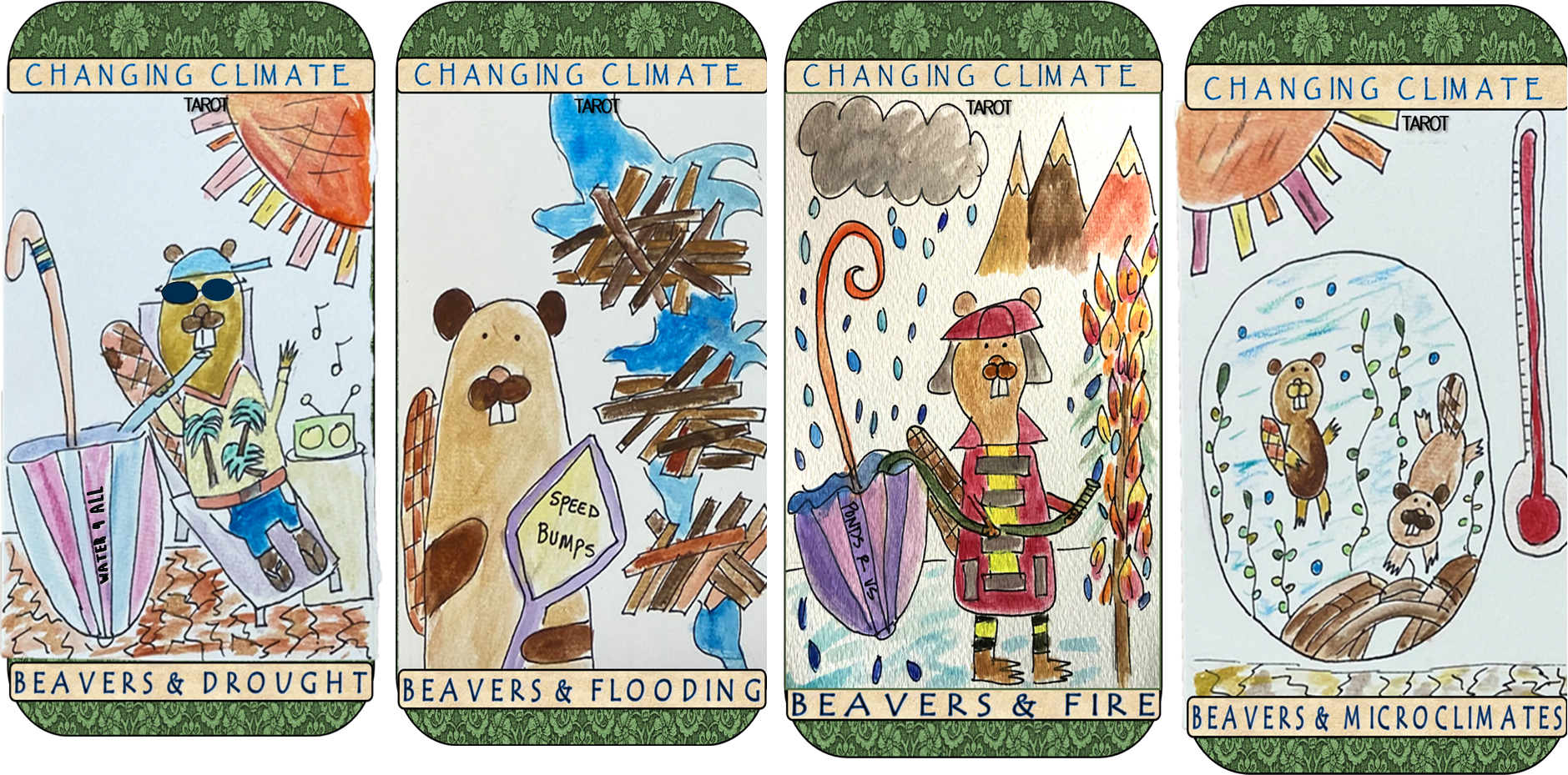Okay, late start today but I’ve been busy. News is that Emily Fairfax of Minnesota and Cherie Westbrook of Alberta just teamed up to publish a new article about beaver evolution and climate change. and its a doozy.
The Ecology and Evolution of Beavers: Ecosystem Engineers that Ameliorate Climate Change
Beavers, Castor canadensis in North America and Castor fiber in Eurasia, are widely referred to as nature’s engineers due to their ability to rapidly transform diverse landscapes into dynamic wetland ecosystems. Few other organisms exhibit the same level of control over local geomorphic, hydrologic, and ecological conditions. Though freshwater ecosystems are particularly vulnerable to changing climate, beavers and their wetland homes have persisted throughout the Northern Hemisphere during numerous prior periods of climatic change. Some research suggests that the need to create stable, climate-buffered habitats at high latitudes during the Miocene directly led to the evolution of dam construction. As we follow an unprecedented trajectory of anthropogenic warming, we have the unique opportunity to describe how beaver ecosystem engineering ameliorates climate change today. Here, we review how beavers create and maintain local hydroclimatic stability and influence larger-scale biophysical ecosystem processes in the context of past, present, and future climate change.
Translation: Beavers adapted to the changing climate lots of times before and can help us AGAIN if we let them. I was especially interested in the writing about Castoroides adapting dam building to cope with the great ice age. Which interested me as a theory. In general I’ve always read that the species couldn’t dig build dams = so the fact that Canadensis could meant that the species survived and Castoroides went extinct.







































